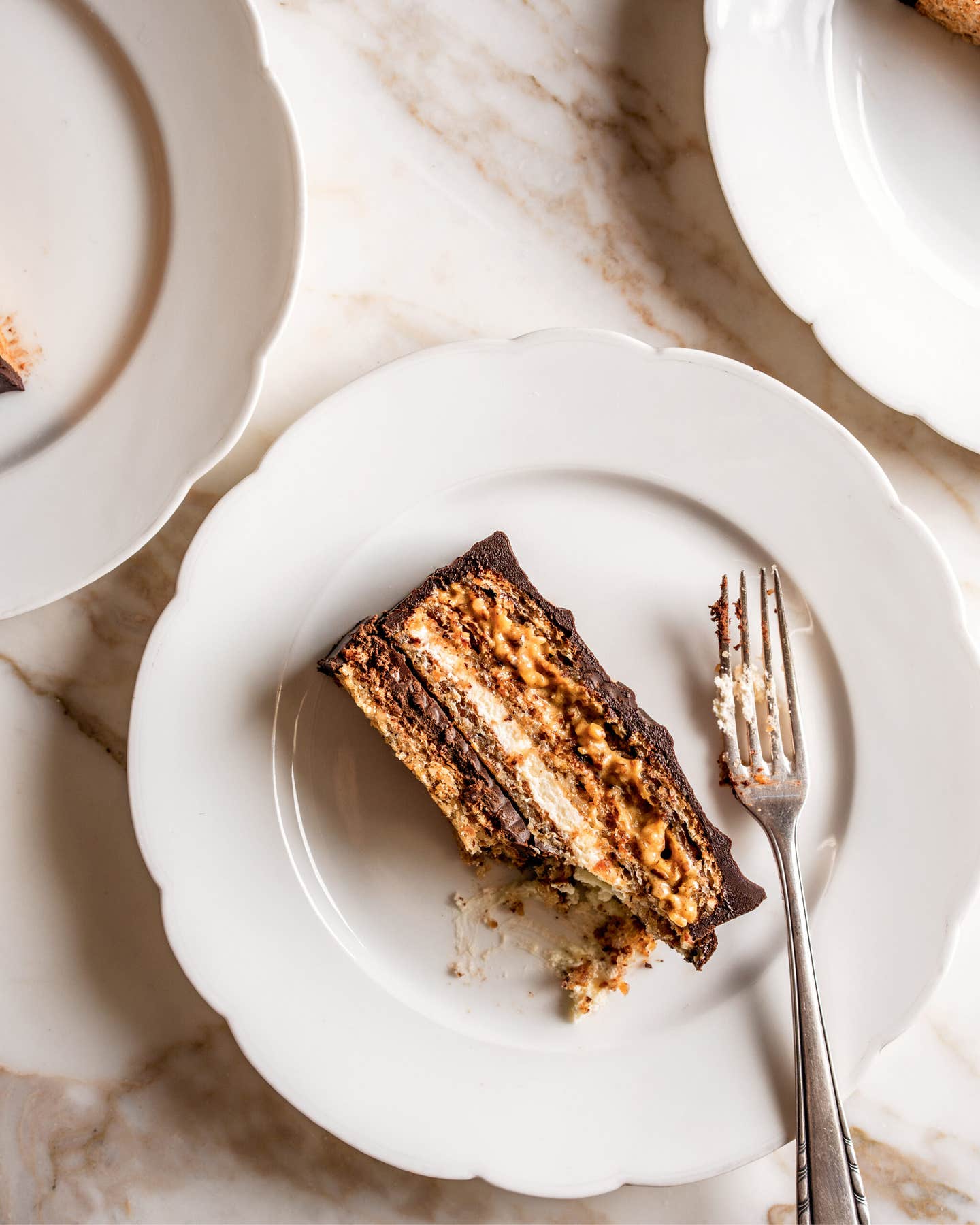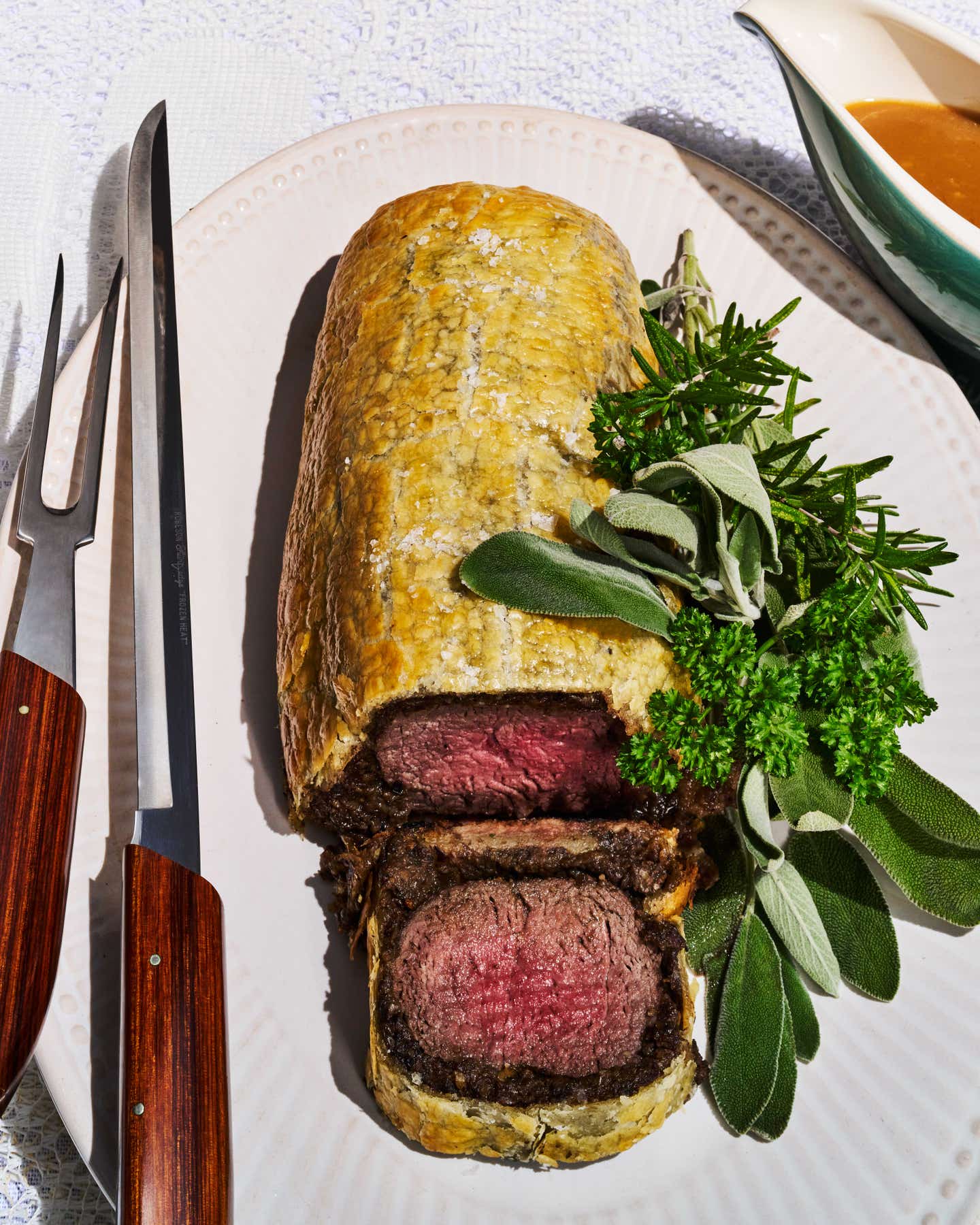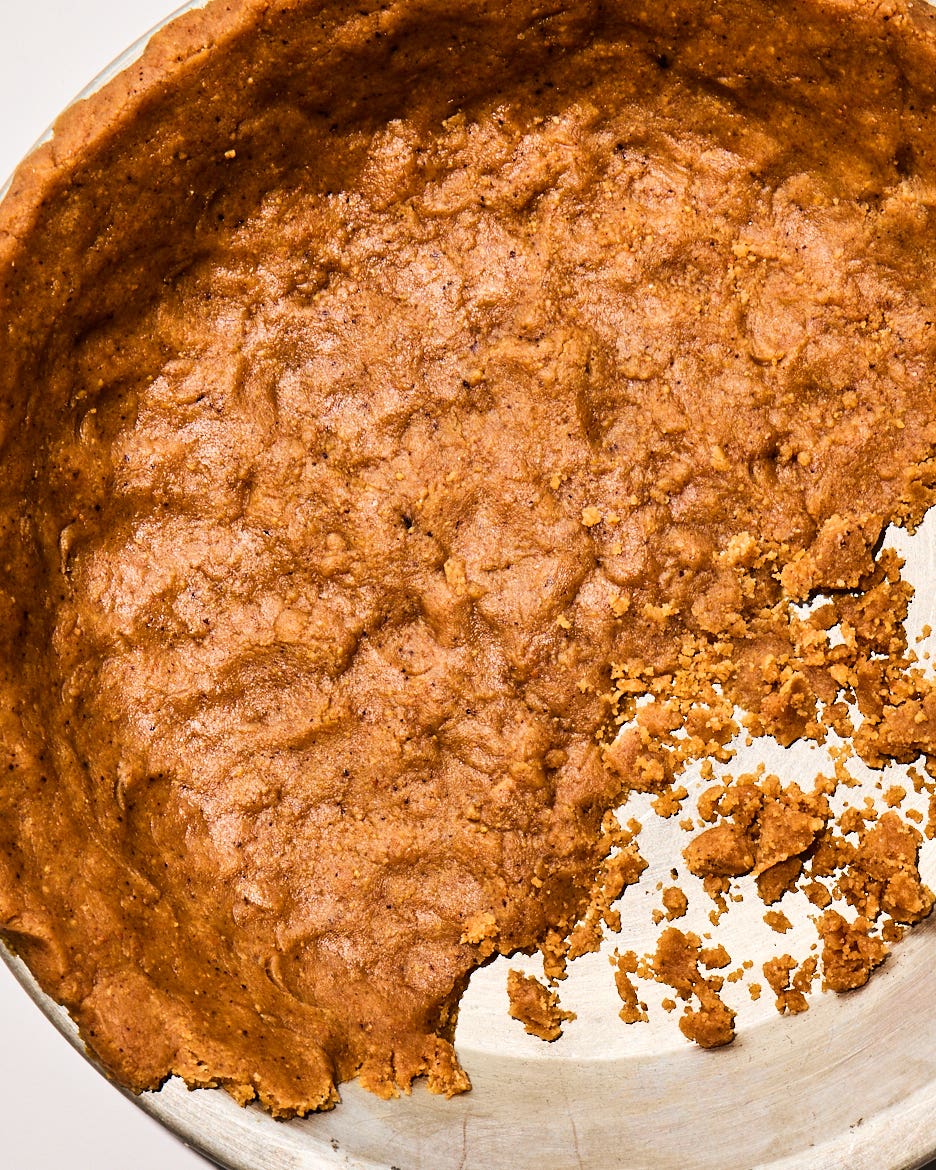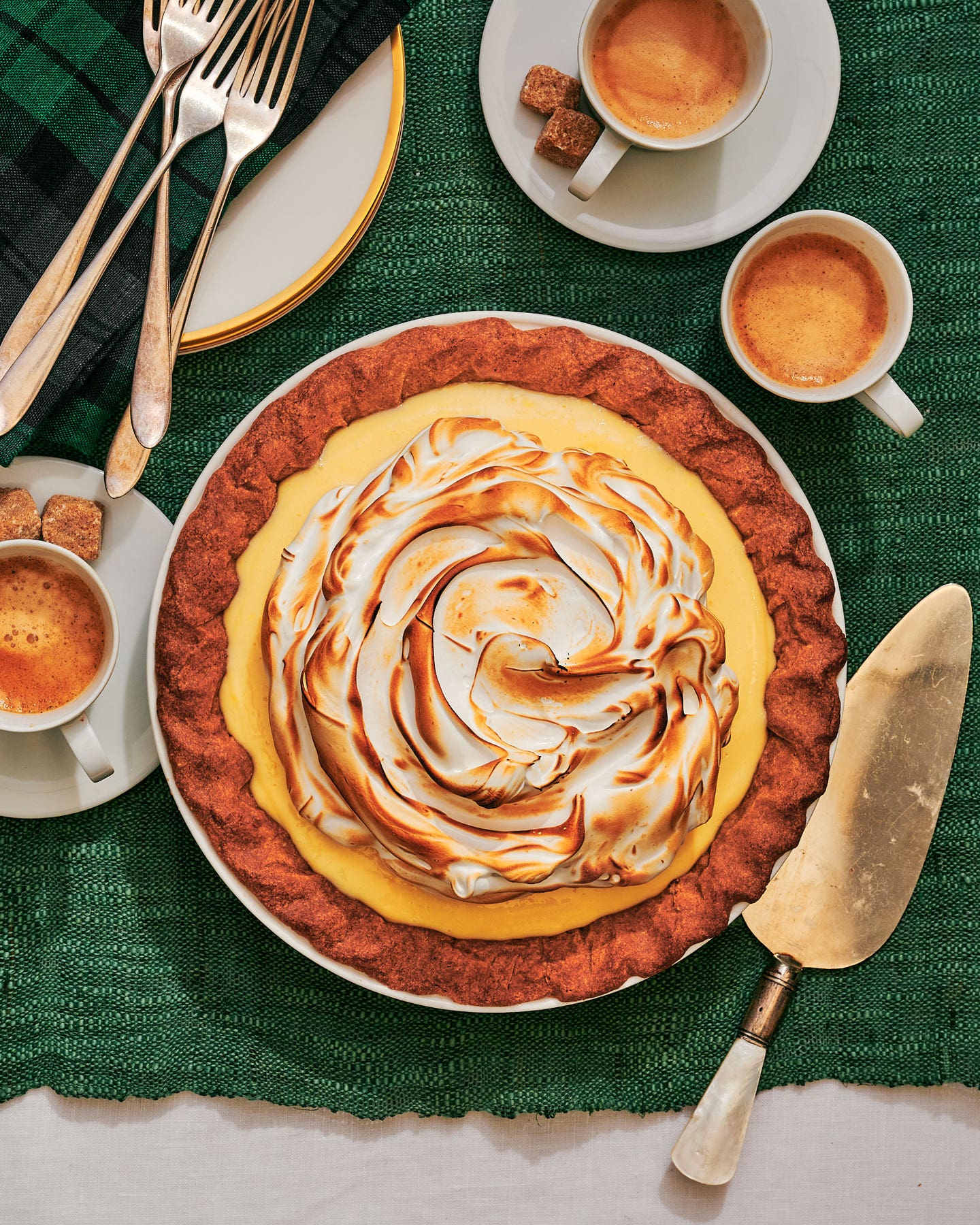A Cook’s Library
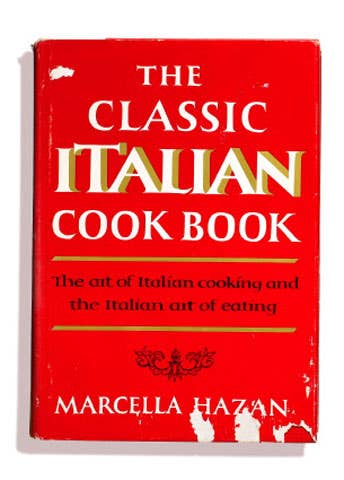
There are dozens of Italian cookbooks on our shelves, but there are none we use as faithfully as Marcella Hazan's The Classic Italian Cook Book (Harper's Magazine Press, 1973). With this book, the Italian-born culinary teacher gave American cooks their first comprehensive and authentic Italian culinary compendium; all these years later, it is still our undisputed favorite source for everything from making risotto to understanding Italian techniques for cooking vegetables (like trifolare, which calls for thinly slicing and sauteing ingredients in olive oil and garlic). Her recipes are lucidly written and reliable: the fresh pasta we make has always been her version. You can find the recipes from the original book in Hazan's updated volume, Essential Classic Italian Cooking (Knopf, 1992). Our only beef with it is that the publisher omitted the Italian names of most dishes. Still, it contains all the brilliance of Hazan's first book, the gold standard for Italian home cooking.- Nach Waxman owner of the Kitchen Arts & Letters bookstore in New York City
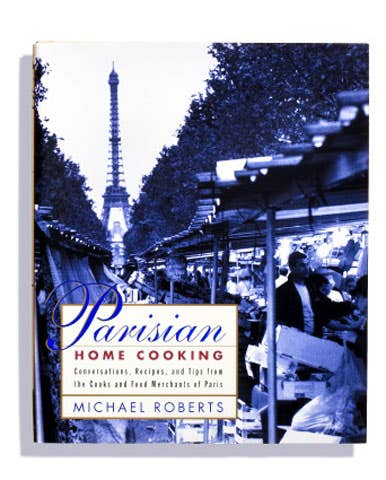
We cherish Parisian Home Cooking (William Morrow, 1999) by the late chef Michael Roberts for teaching us how Parisians cook day in and day out. From the building of impromptu meals based on market purchases to making your own rillettes (potted meats), this gem reveals the wisdom and celebrates the passion of French cooks.- Nach Waxman owner of the Kitchen Arts & Letters bookstore in New York City
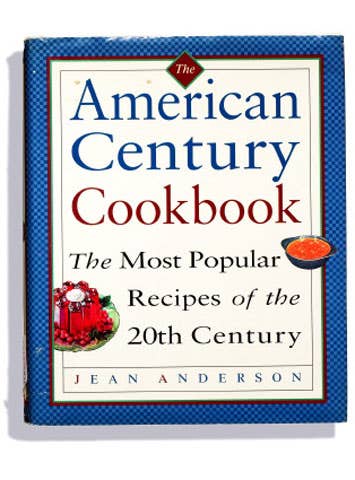
For American cooking, our perennial resource is Jean Anderson's captivating American Century Cookbook (Clarkson Potter, 1997), which approaches the recipes of 20th-century America chronologically, charting the evolution of soups, salads, casseroles, and so on. Few cookbooks are this much fun, thanks to Anderson's tart writing, archival images, and wealth of information, which serve as a guide to our most influential culinary benchmarks, from chicken divan to blackened redfish.- Nach Waxman owner of the Kitchen Arts & Letters bookstore in New York City
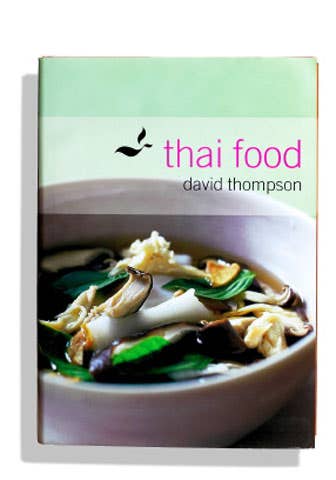
David Thompson's Thai Food (Ten Speed Press, 2002) set a new standard for Asian cookbooks. The nearly 400 regional recipes from Thailand, ranging from street food to banquet dishes, are accompanied by essays and cultural information that encourage us to understand Thai cooking in new ways.- Nach Waxman owner of the Kitchen Arts & Letters bookstore in New York City
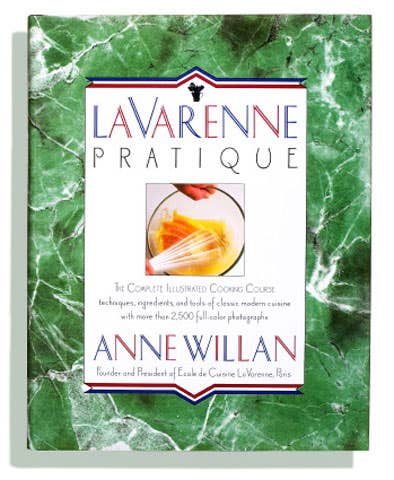
Good technique is rooted in an understanding of ingredients and how they work; no book teaches that better than La Varenne Pratique (Crown, 1989) by the renowned cooking teacher Anne Willan. From showing how to peel a mango to how to slice onions the right way, this is an empowering tome, illustrated with hundreds of step-by-step photographs. - Nach Waxman owner of the Kitchen Arts & Letters bookstore in New York City
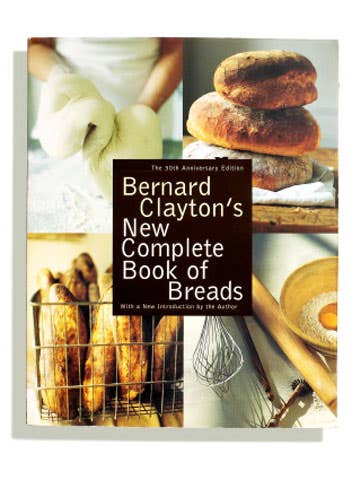
For dependable recipes for the basic breads of the world (more than 300 of them, from Russian black bread to French sourdough), we cherish Bernard Clayton's The Complete Book of Breads, first published by Simon & Schuster in 1973 and available in a revised edition from 2003. We've always found Clayton, a retired magazine reporter and serious hobbyist baker who turns 95 this year, a wise and comforting guide.- Nach Waxman owner of the Kitchen Arts & Letters bookstore in New York City
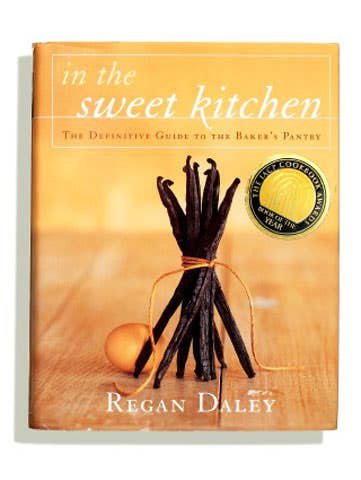
We know of no dessert book more comprehensive, helpful, and assured than In the Sweet Kitchen by the Canadian pastry chef Regan Daley (Random House, 2000). Daley demystifies ingredients-there are 14 pages on eggs, 25 on flour, 19 on fats-and the mastery of techniques. The recipes are outstanding, from one for shortbread to one for an exquisite nectarine tart.- Nach Waxman owner of the Kitchen Arts & Letters bookstore in New York City
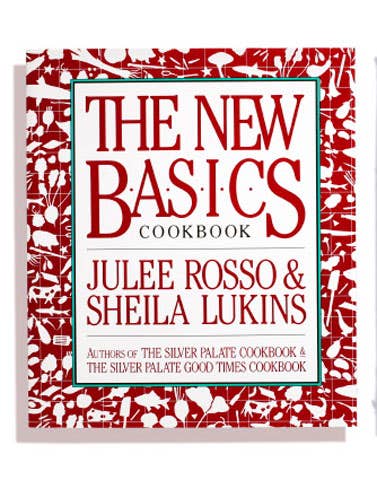
There are many good all-purpose cookbooks, but the tome we turn to the most-for information and inspiration-is still The New Basics by Julee Rosso and Sheila Lukins (Workman, 1989). This 850-page treasure combines takeaway material (a guide to chile peppers, roasting charts, illustrations, and sidebars on everything from the history of pizza to homemade mayo) and a conversational tone that makes us feel as if we were in the kitchen with these amiable authors.- Nach Waxman owner of the Kitchen Arts & Letters bookstore in New York City
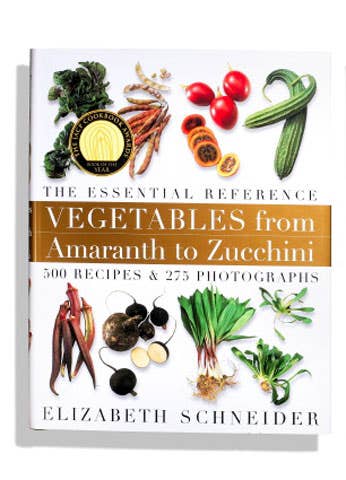
A vegetable reference guide is important in today's kitchen for explicating the ever growing, ever more worldly array of produce that is available at groceries and farmers' markets. Elizabeth Schneider's illustrated encyclopedia Vegetables from Amaranth to Zucchini (William Morrow, 2001) is that and much more. Schneider covers vegetables from dozens of families, from broccoli and squash to avocado and eggplant, providing not only historical and culinary reference information but also vivid color photographs showing vegetables presented side by side and, in many cases, sliced open to reveal the grain and color of their flesh. The photos are accompanied by wonderful descriptions of the ingredients' taste and texture, and the book's 500-plus recipes, for dishes like radicchio risotto, silky cardoon soup, and plantain and pork fried rice, are not only reliable but expertly chosen to demonstrate the characteristics of all these vegetables in their raw and cooked states.- Nach Waxman owner of the Kitchen Arts & Letters bookstore in New York City
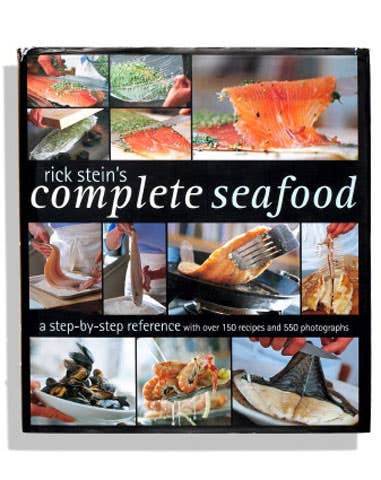
For all things fish related, we've found no better source than Rick Stein's Complete Seafood (Ten Speed Press, 2004), a handsome, amply illustrated volume that details the selecting, handling, and cooking of every species imaginable. Stein, a British chef and teacher, has helped us become as comfortable with hake and lobster as we are with carrots and potatoes.- Nach Waxman owner of the Kitchen Arts & Letters bookstore in New York City
Keep Reading
Continue to Next Story
